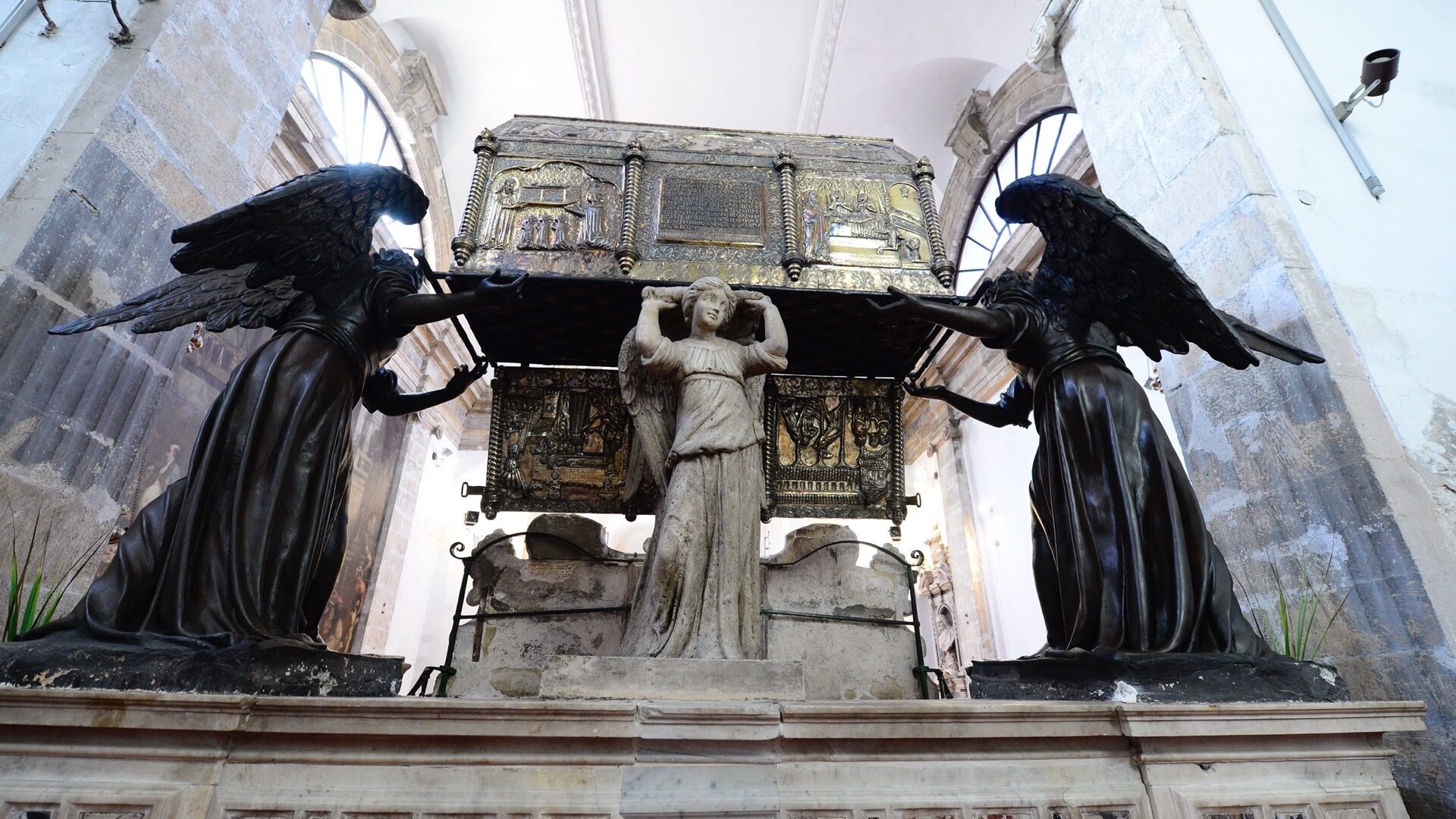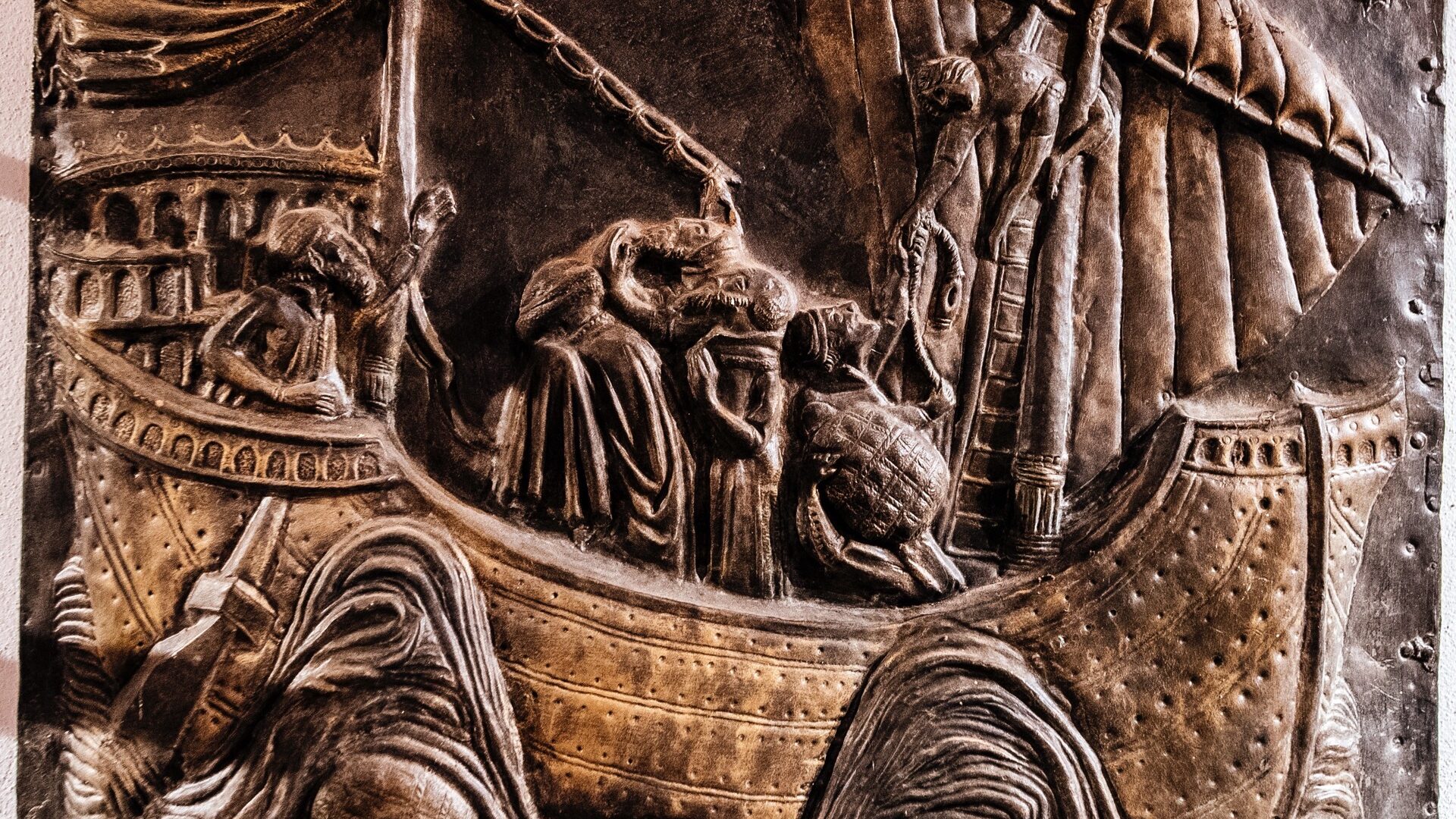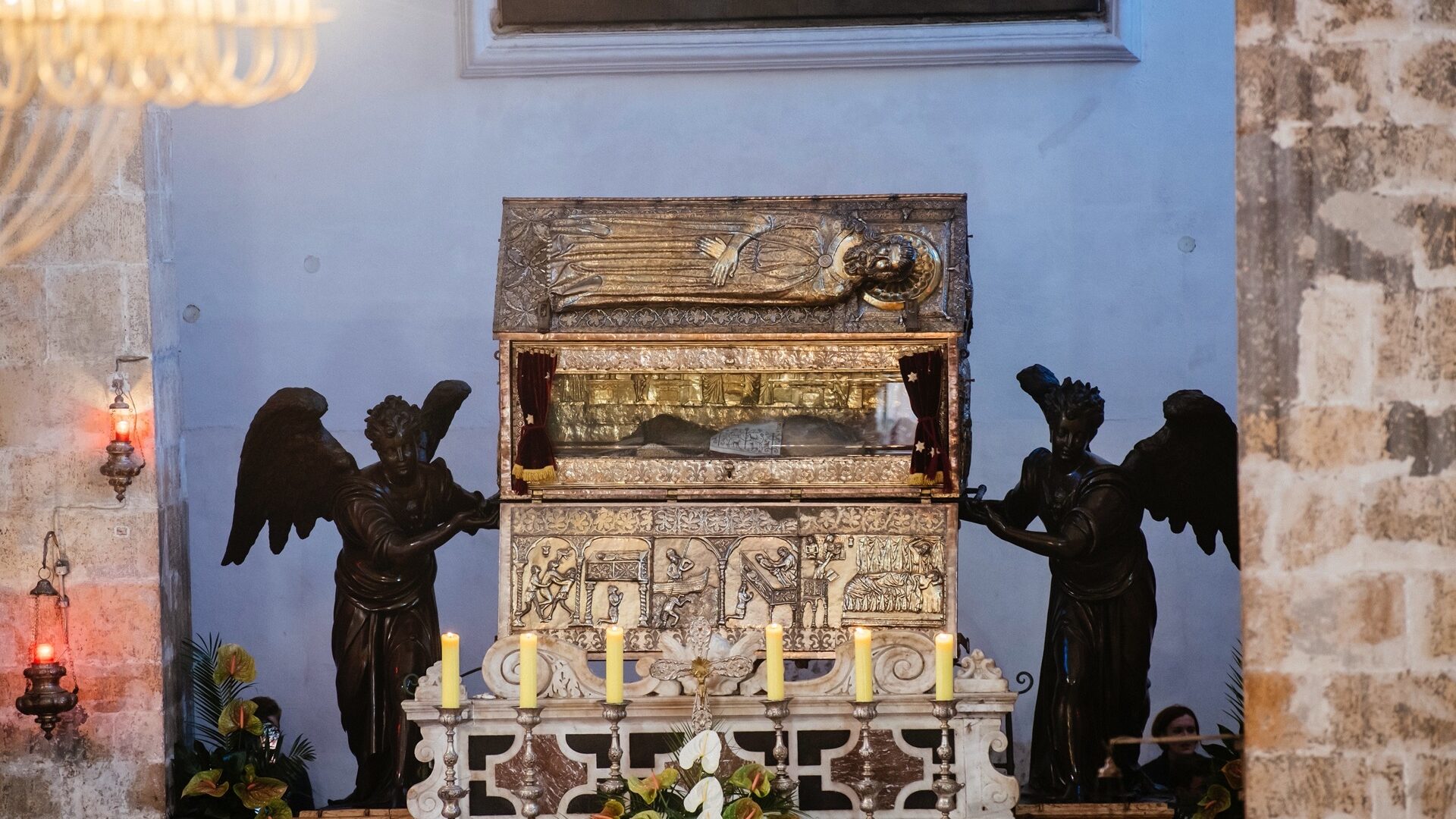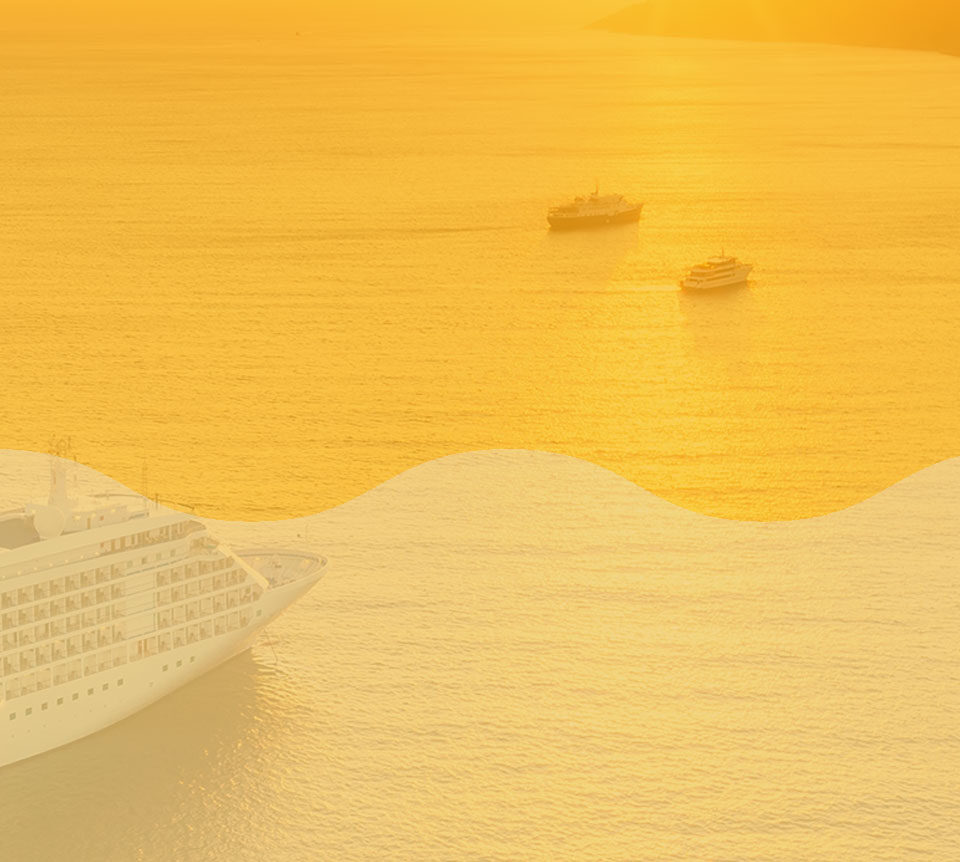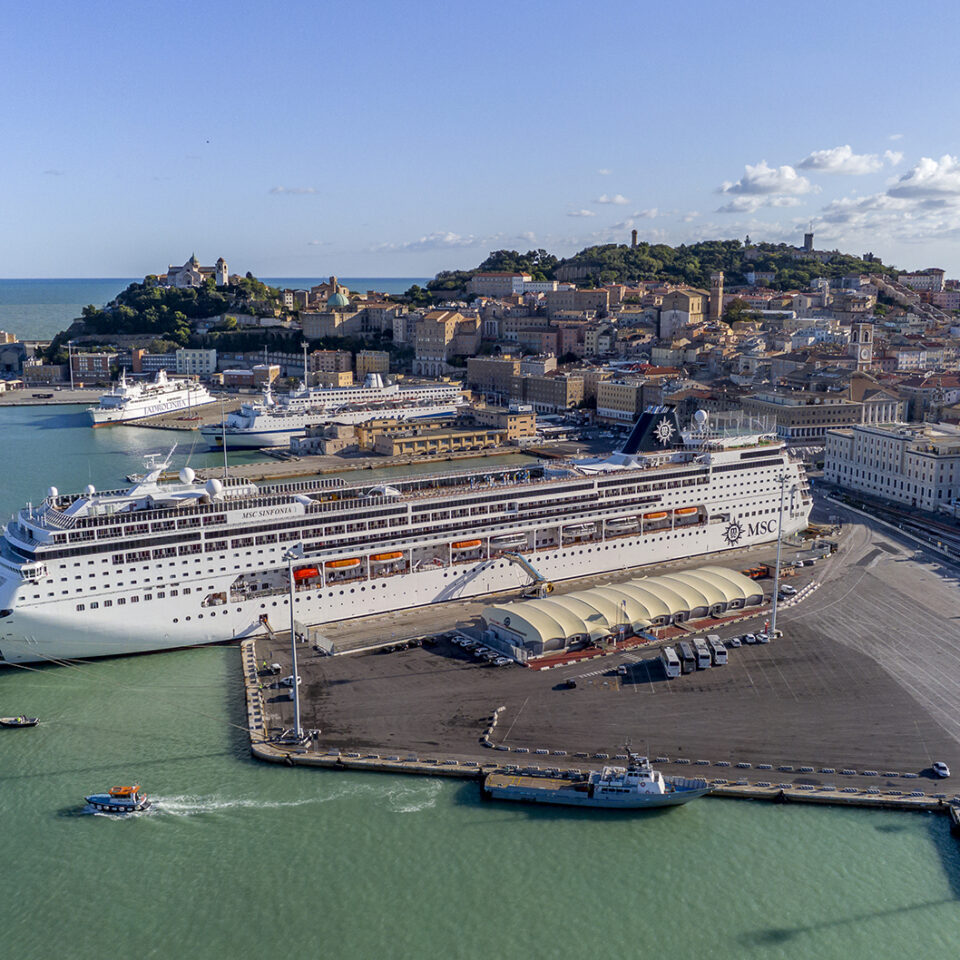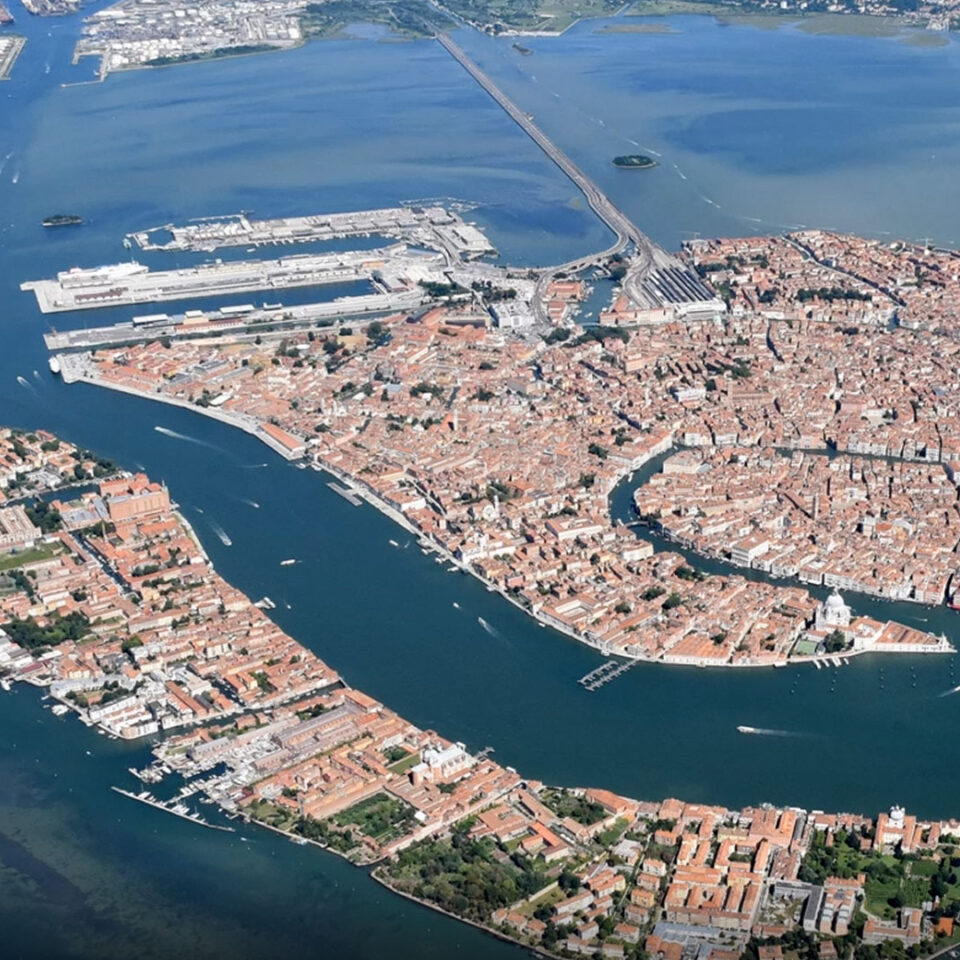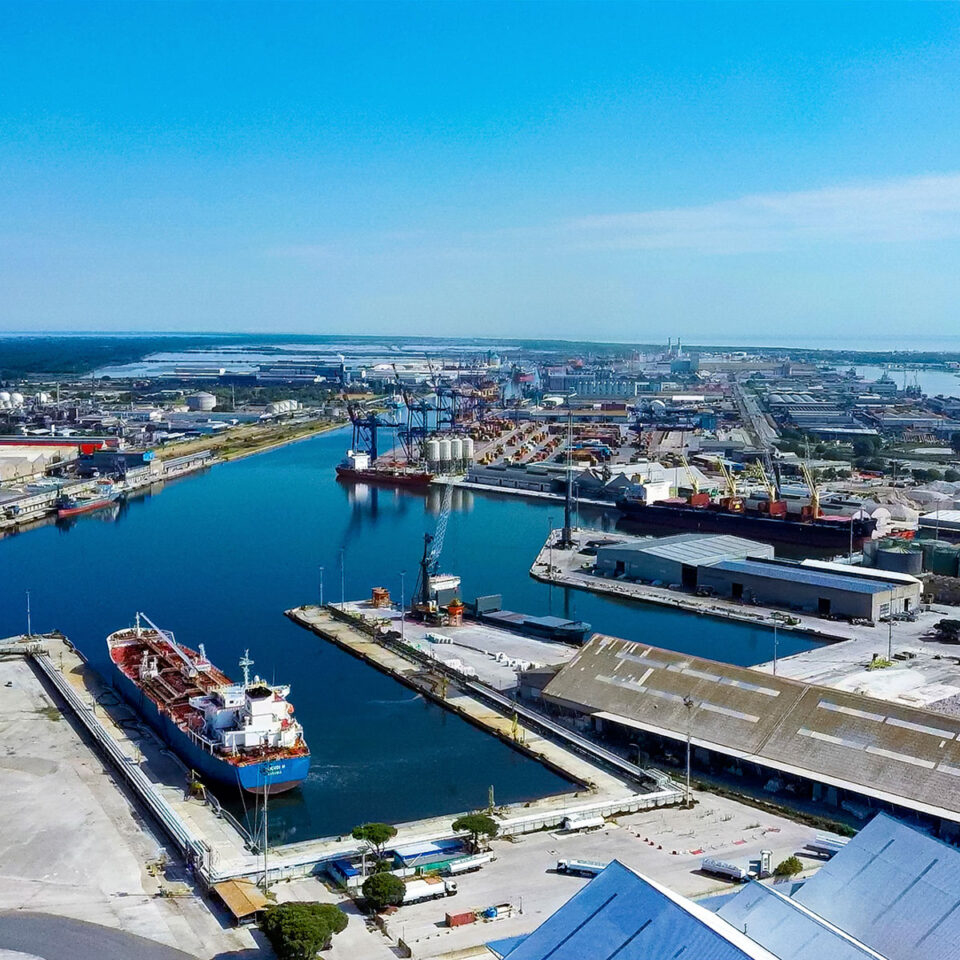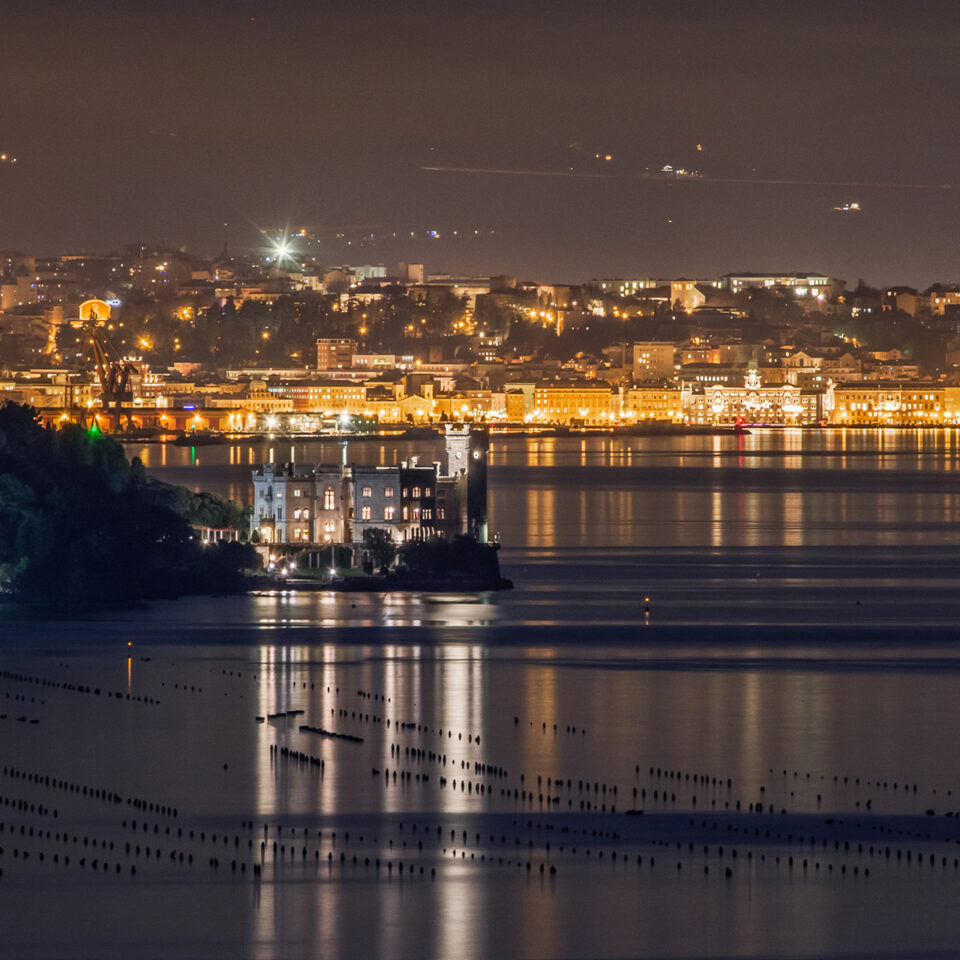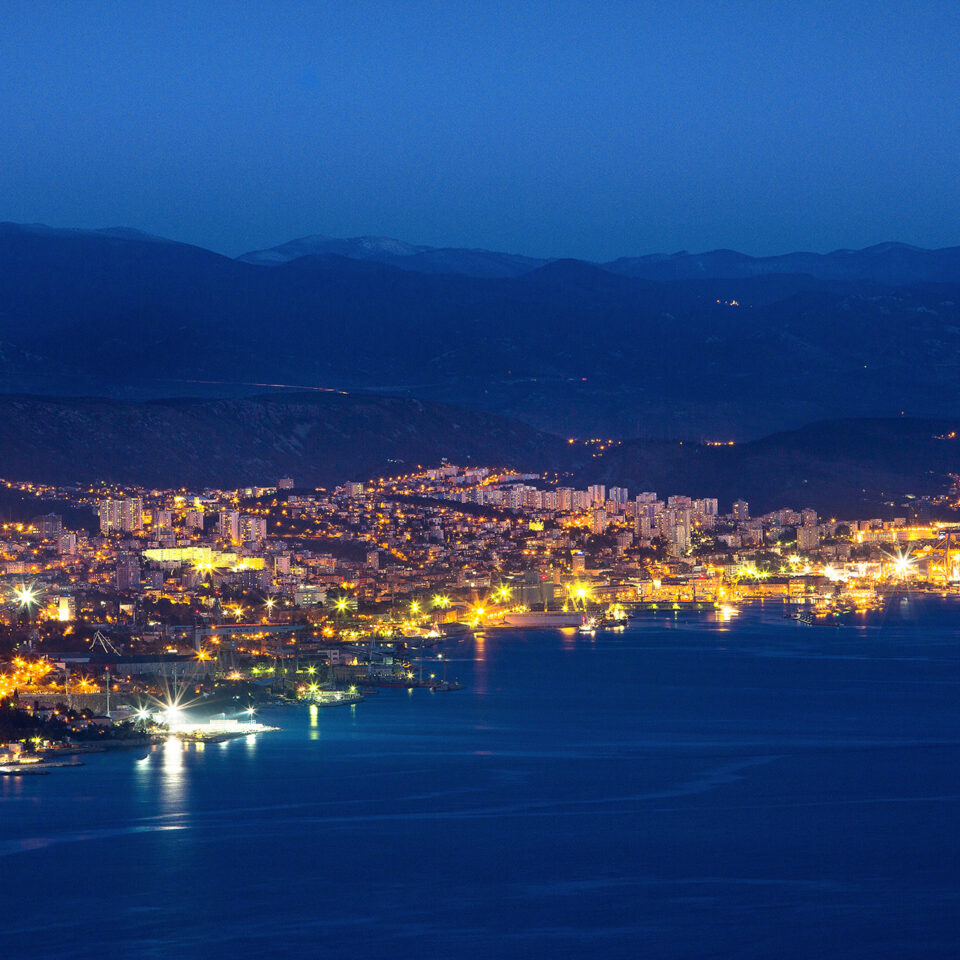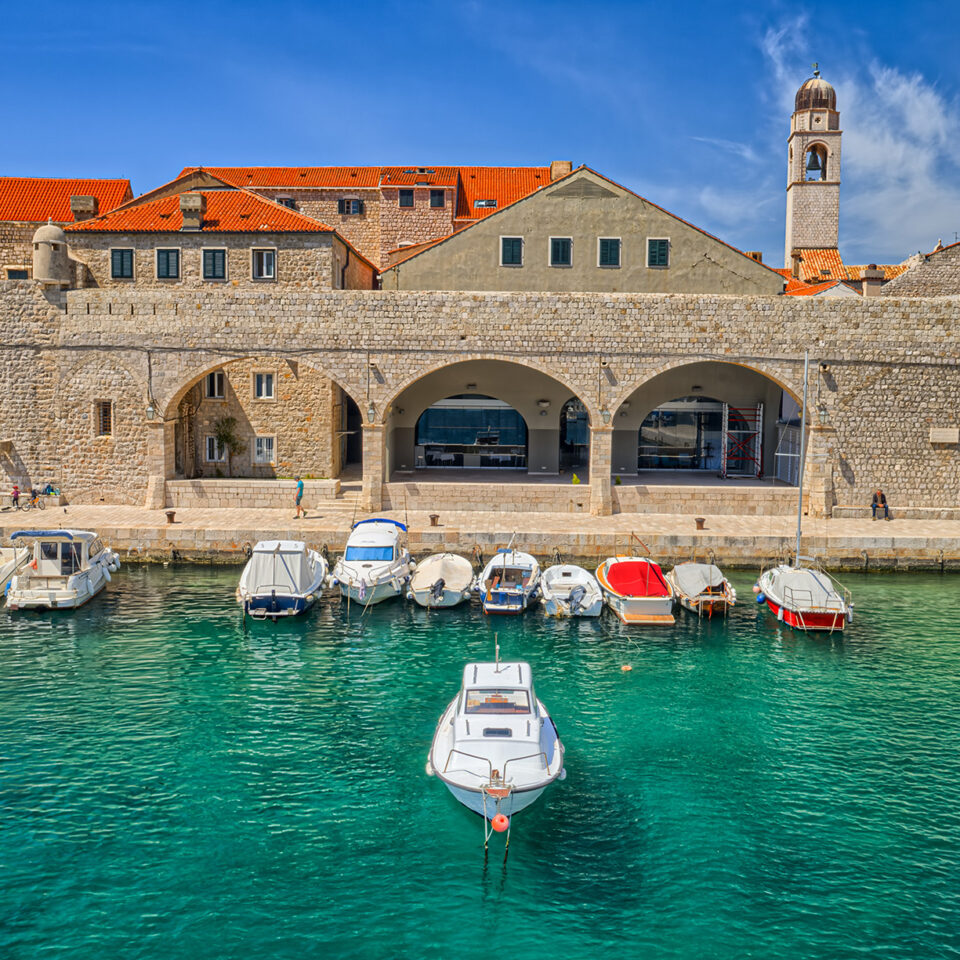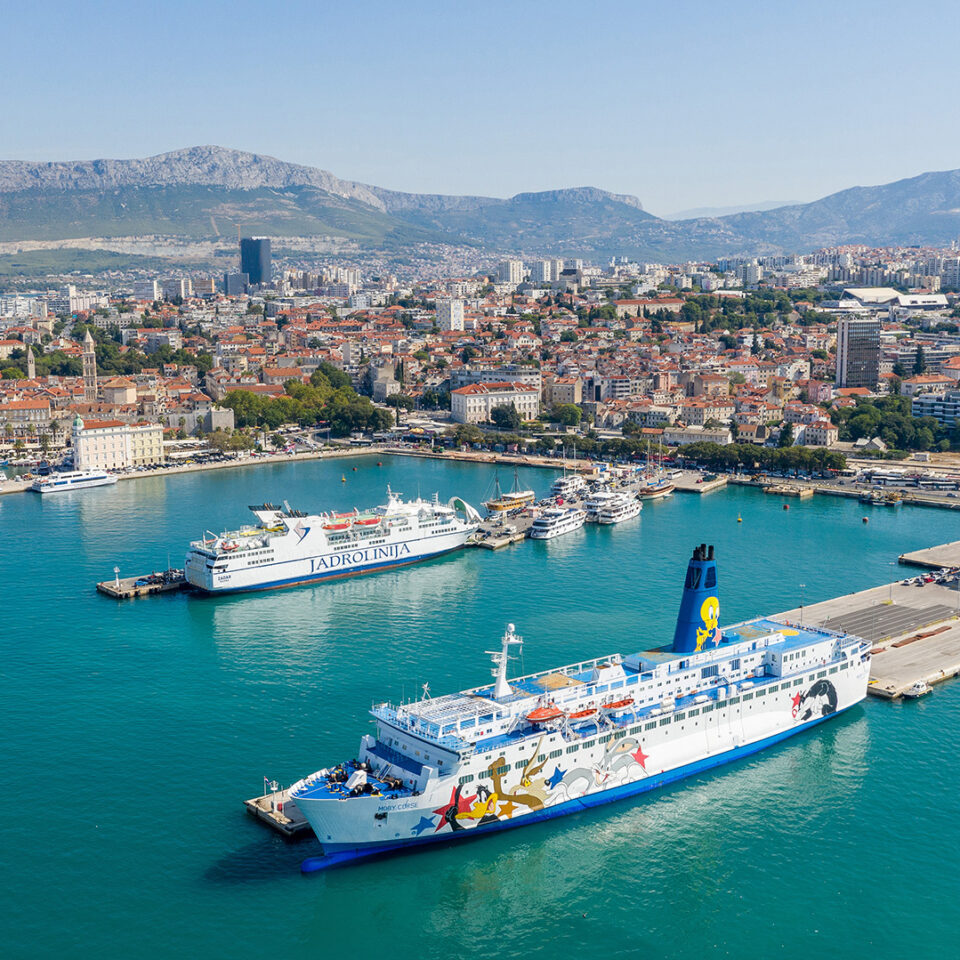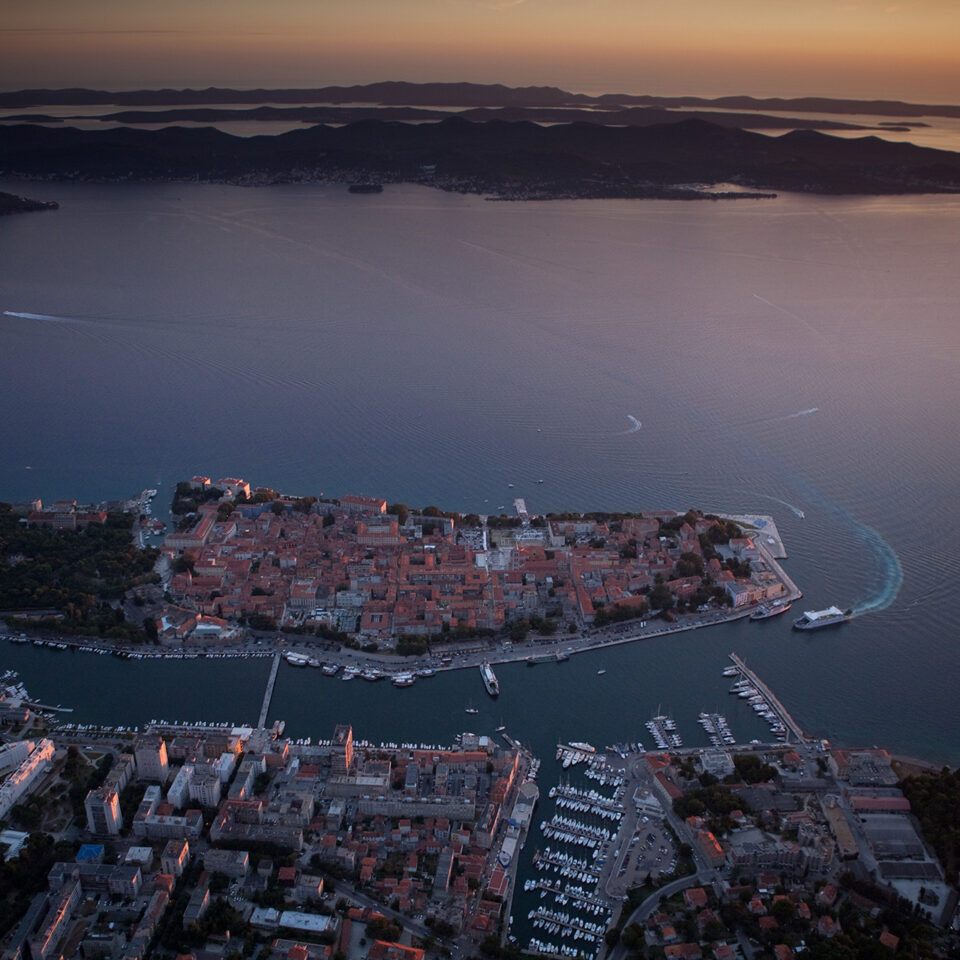

Boat depicted on the Chest of St. Simeon
The Chest of St. Simeon is considered a masterpiece of medieval art and a unique monument of the goldsmith’s craft of the age, not only in Croatia but also in Europe. The chest was made in 1380 by the goldsmith Franciscus de Mediolano (of Milan) who had a workshop in Zadar. The creation of the chest was financed by Hungarian-Croatian Queen Elizabeth, the daughter of the Bosnian Ban Stjepan II Kotromanić and the wife of Hungarian-Croatian King Louis I of Anjou. In the second half of the 14th century, King Louis fought bitter battles with the Venetians precisely for the sake of Zadar. The final victory over the Venetians in 1358 and the establishment of power over Zadar, enabled the king to connect his own estates in southern Italy with the estates in the Hungarian-Croatian kingdom. Due to these turbulent historical events in the second part of the 14th century, the chest, although primarily intended to hold the saint’s body, soon became much more important for Croatian history and art than for the body itself.
The chest is of inestimable importance for the history of Croatian medieval seafaring because of its depictions that are evidence of the main types of ships used in Zadar in the late 14th century.
The port of Zadar is portrayed in the composition of the kings arrival. In the lower corner oared vessels, on which the kings flags are flown, are dominating the depiction. In each of the vessels one man is standing and pointing towards the king, while other citizens are sitting. Above them is a sailing vessel with a Latin sail. This composition also shows an advanced version of a pirate arrow ship from Omiš. She can be rightly identified as pirate arrow from Zadar, the more so since the Hungarian-Croatian Navy was founded in this area in the time of the Anjou Dynasty.
The vessel in the storm is portrayed on the left-sided relief. This is a two-masted sailing vessel with rather high sides which is undoubtedly a merchant sailing vessel. This is evidenced by her high sides and by the cargo that is being thrown overboard to make her lighter. Her aft sail is furled and Lateen sail is hoisted. According to Professor Mithad Kozličić, this vessel can be called a 14th century merchant sailing vessel from Zadar. Although this vessel is a typical Mediterranean vessel of that time, she is a bit redesigned by moving the stern mast further back to free the deck that was needed to accommodate cargo.
Local shipbuilders showed willingness to accept any useful innovations from the Mediterranean but they also, to some extent, changed the vessels to accommodate them to their own needs, and to the meteorological and hydrographical factors of the eastern Adriatic.

